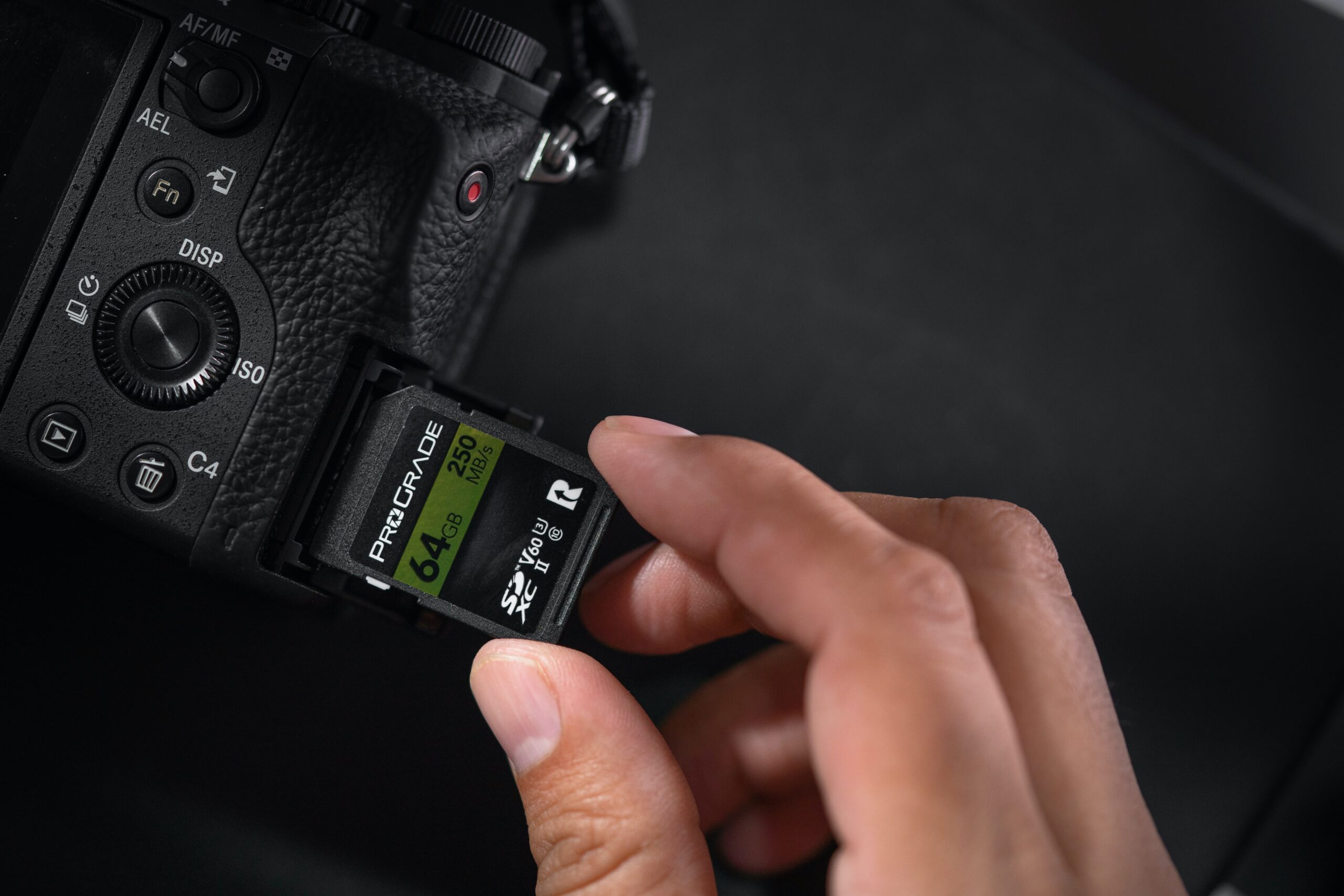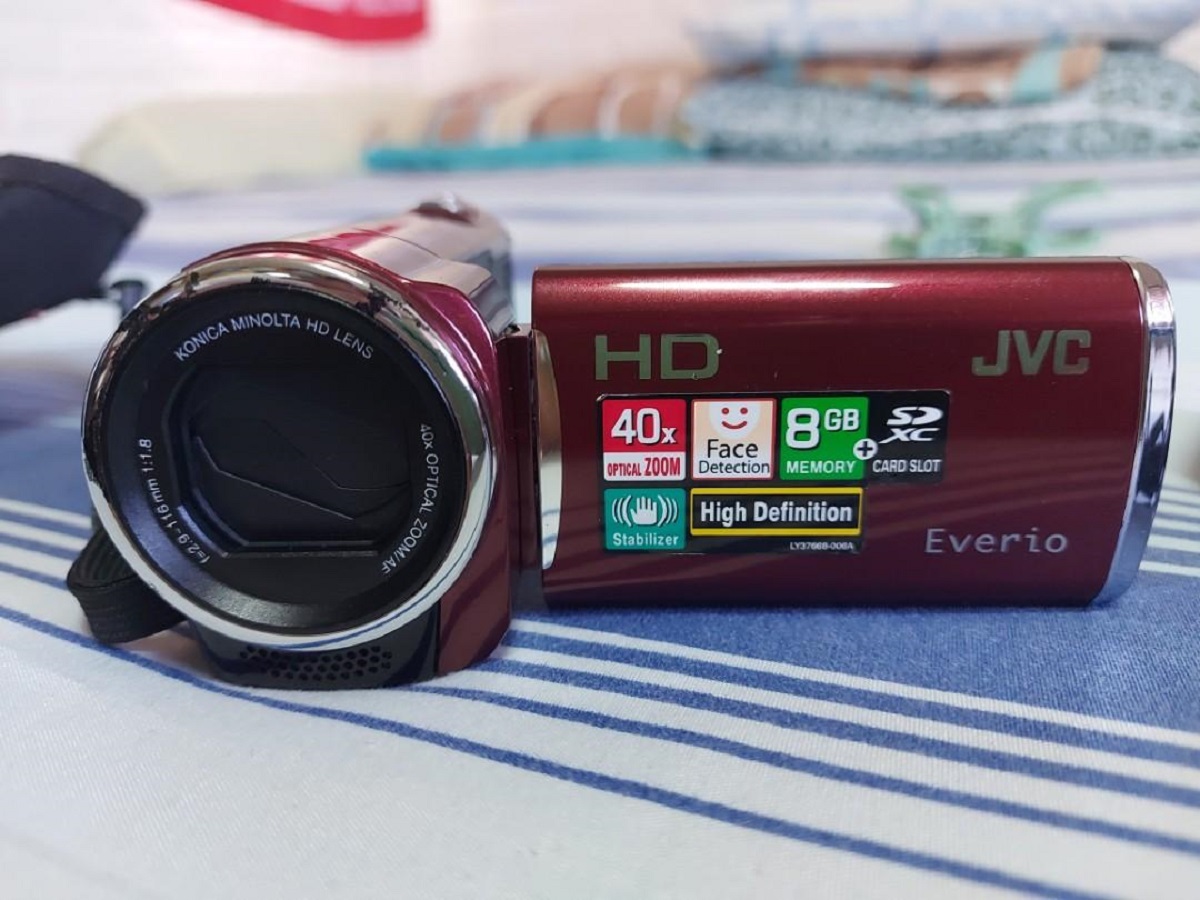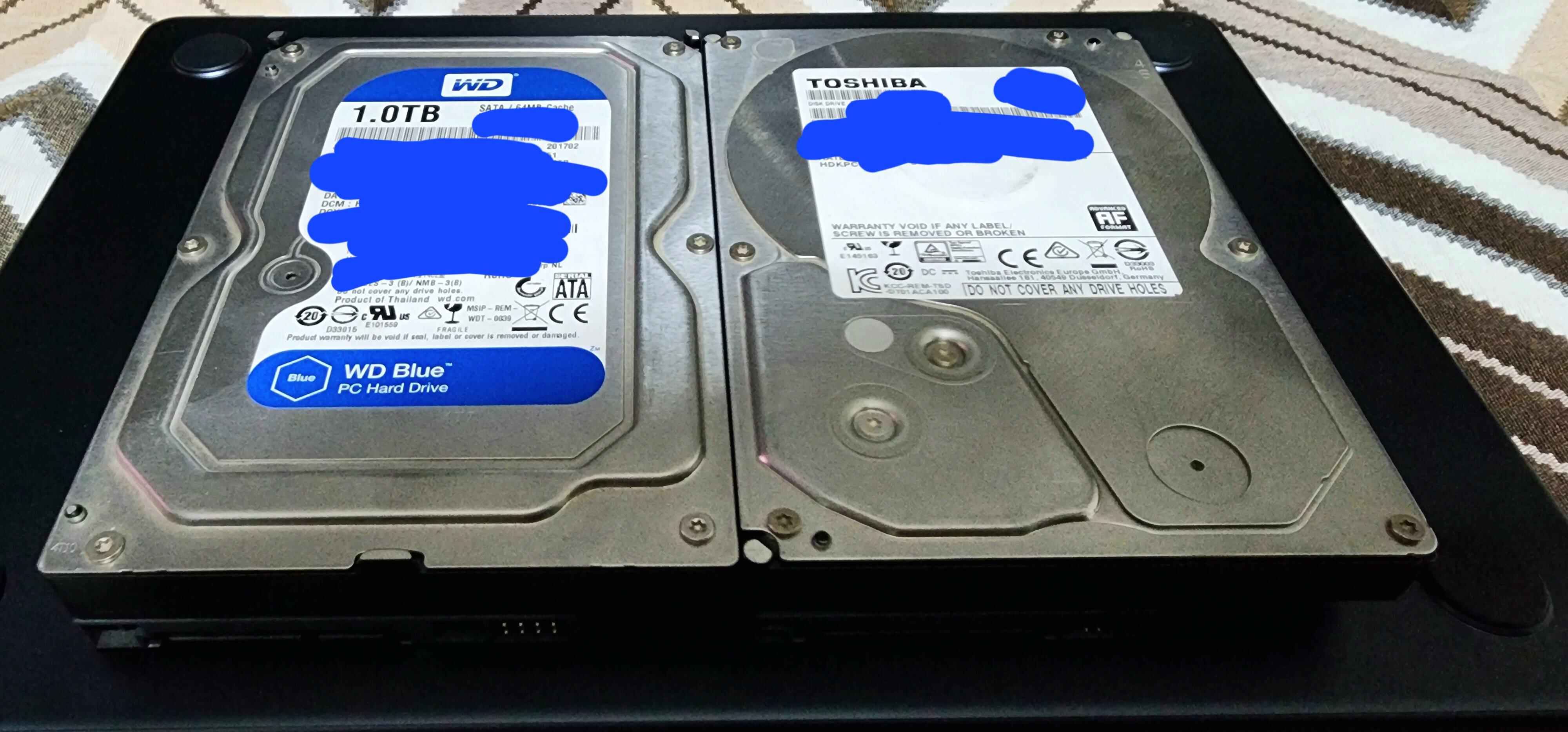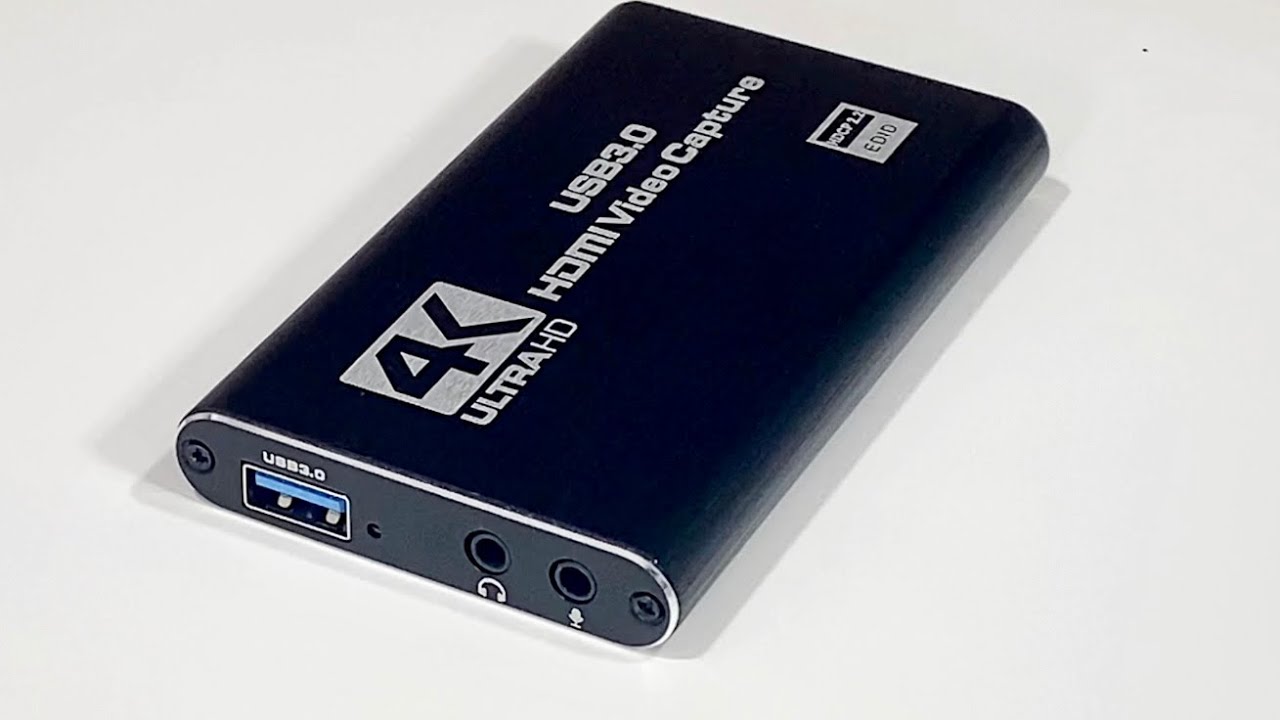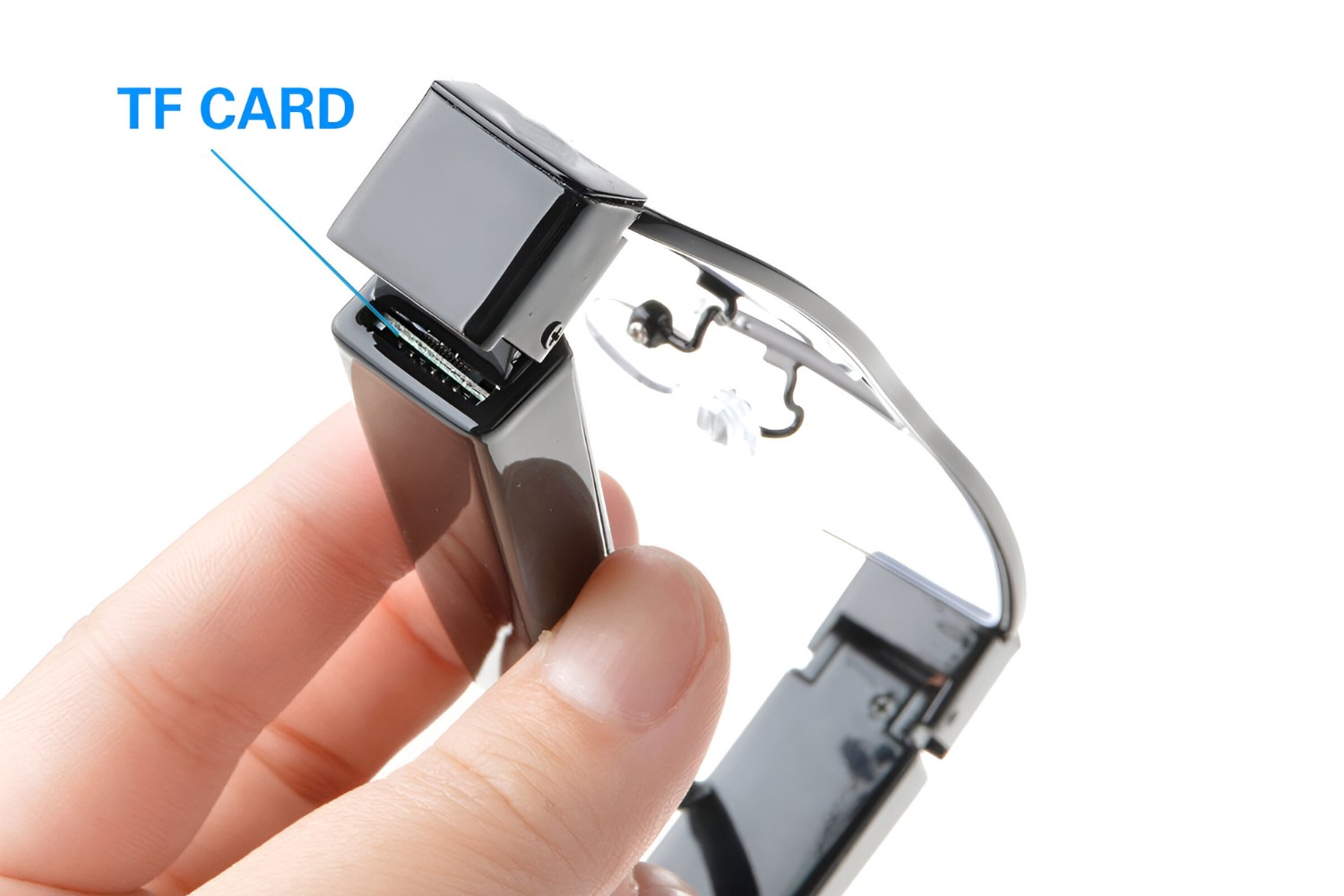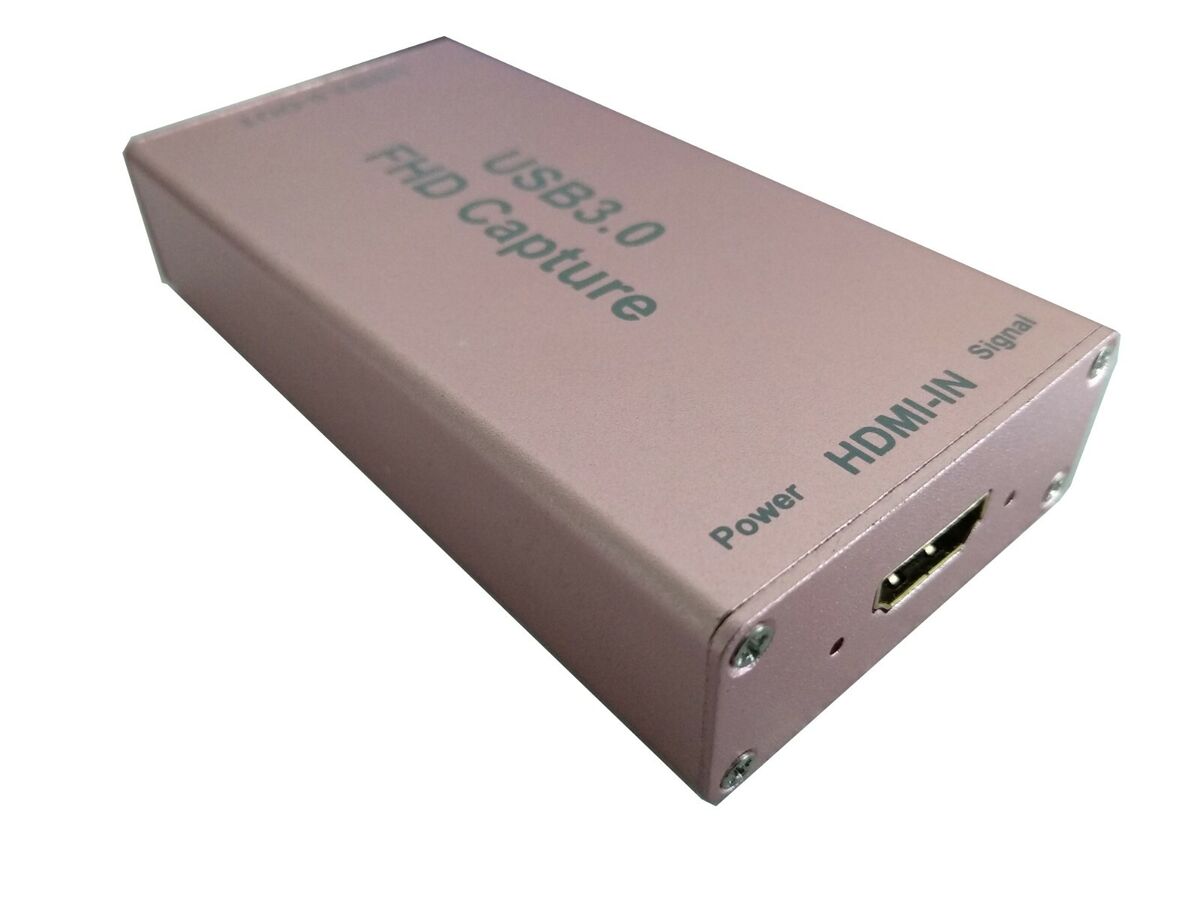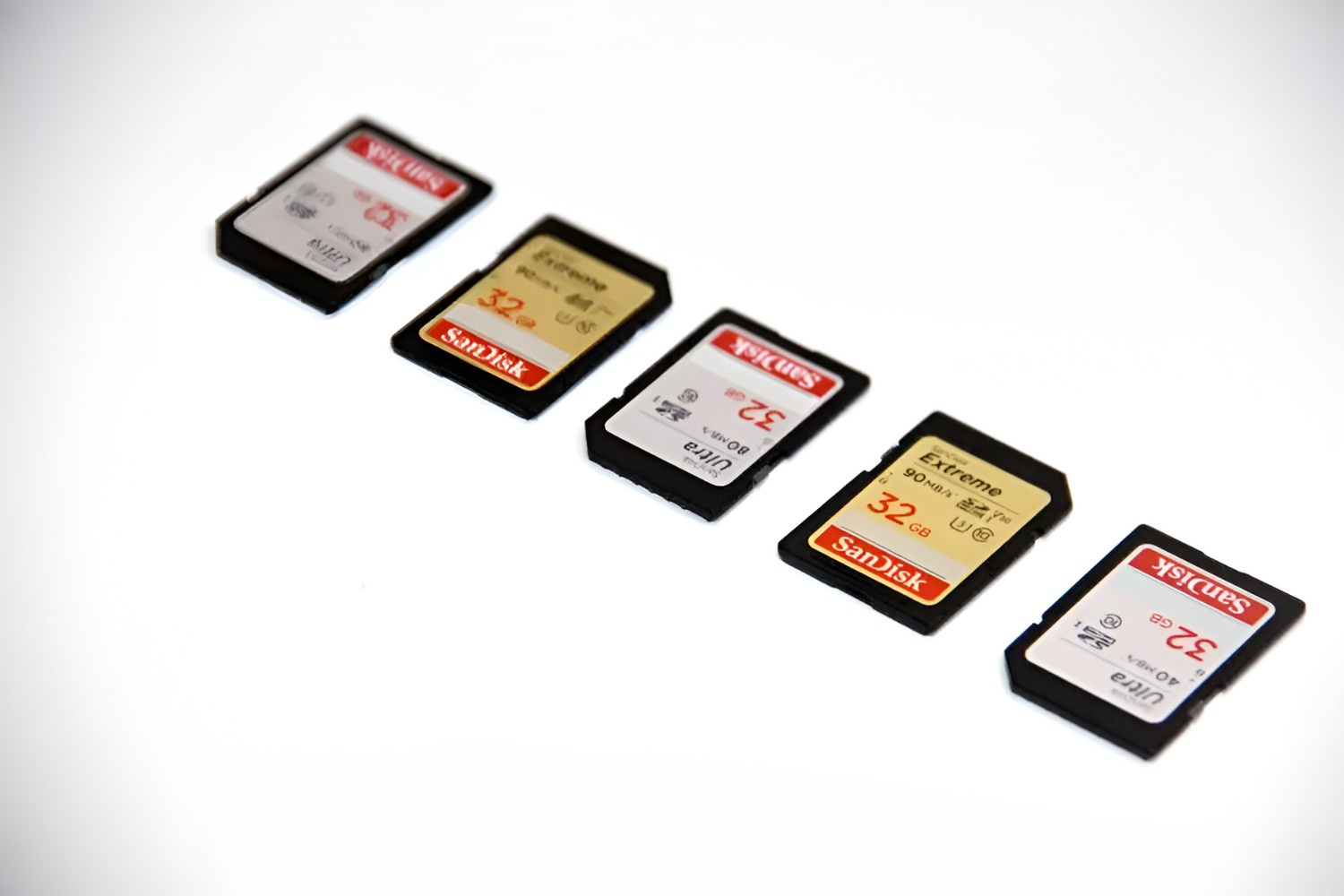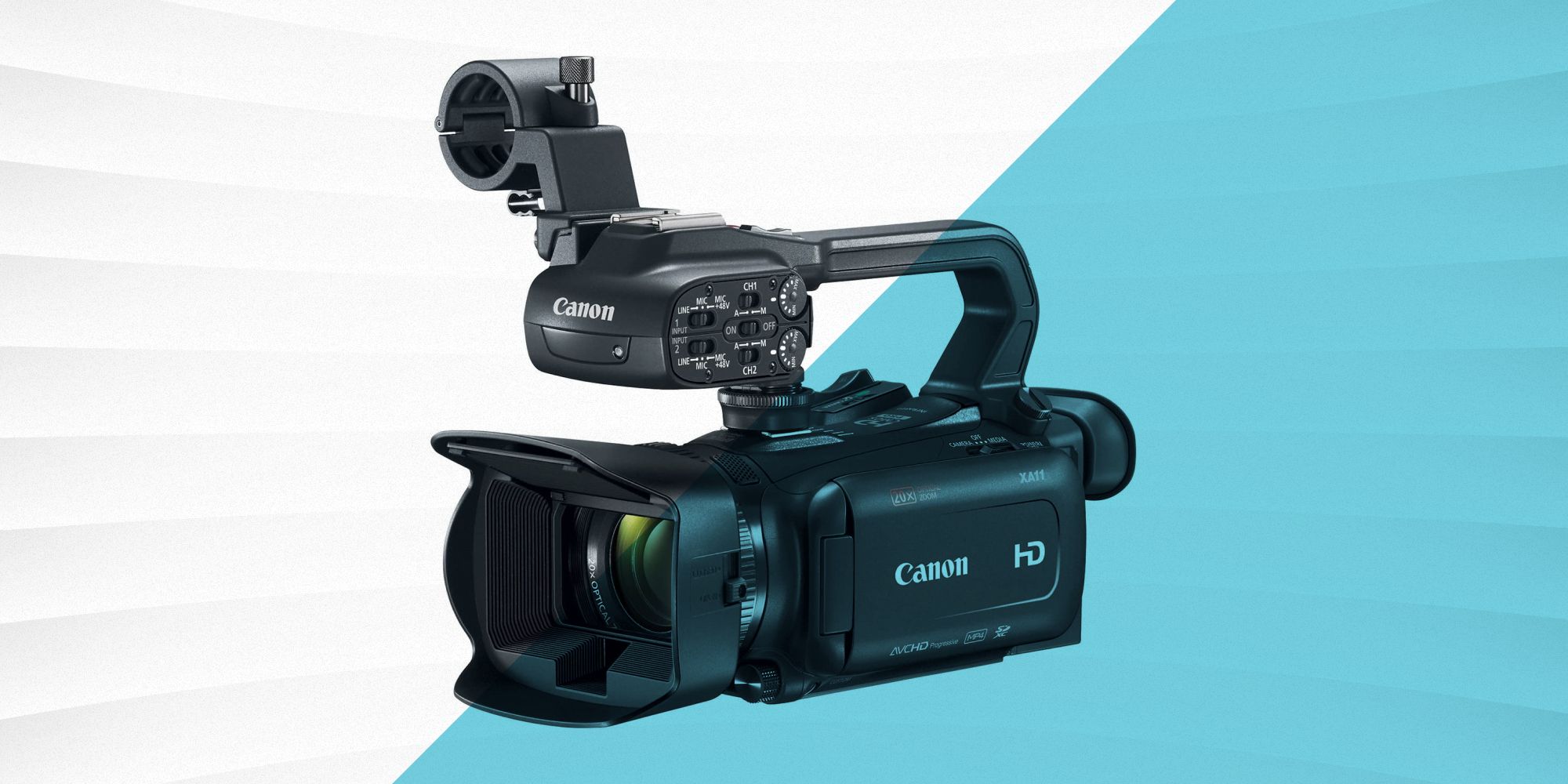Introduction
Are you experiencing frustration and confusion because your HD card is not functioning as expected in your camcorder? This issue can be perplexing, especially when you're eager to capture precious moments or record important events. However, there's no need to despair, as there are several factors that could be contributing to this problem, and solutions are readily available.
In this comprehensive guide, we will delve into the potential reasons why your HD card is not working in your camcorder and explore the troubleshooting steps to resolve this issue. By understanding the compatibility issues, checking for physical damage, formatting the SD card, updating firmware, and ensuring the use of the correct type of SD card, you can overcome this obstacle and resume capturing high-quality videos seamlessly.
Let's embark on this troubleshooting journey to uncover the root cause of the problem and equip ourselves with the knowledge and techniques to address it effectively. Whether you're a novice or a seasoned camcorder user, this guide will provide invaluable insights to help you navigate through this perplexing situation. So, let's roll up our sleeves and unravel the mysteries behind your HD card's compatibility issues with your camcorder.
Understanding the Compatibility Issues
One of the primary reasons why your HD card may not be working in your camcorder is compatibility issues. Camcorders are designed to support specific types and capacities of SD cards, and using an incompatible card can lead to various malfunctions.
Firstly, it’s essential to ensure that your camcorder is compatible with the type of HD card you are attempting to use. Some older camcorder models may not support newer high-capacity SDXC cards, while others may have limitations on the speed class of the card they can accommodate. Refer to your camcorder’s user manual or manufacturer’s specifications to verify the supported SD card types and capacities.
Additionally, different camcorders have varying file system requirements for SD cards. For instance, some camcorders may only support the exFAT file system for high-capacity SDXC cards, while others may be limited to the FAT32 file system. Using an SD card with an incompatible file system can result in errors or complete failure to recognize the card.
Furthermore, the speed class of the SD card is crucial for recording high-definition video smoothly. If your camcorder requires a minimum write speed for sustained video recording, using a lower speed class card may lead to performance issues, such as dropped frames or recording interruptions.
Understanding the compatibility issues between your camcorder and the HD card is the first step in troubleshooting the problem. By identifying the specific compatibility requirements and limitations of your camcorder, you can make informed decisions when selecting an SD card and avoid potential issues related to compatibility.
Checking for Physical Damage
Physical damage to the HD card can impede its functionality in a camcorder. Even minor damage, such as a bent or cracked casing, can disrupt the connection and data transfer between the card and the camcorder, leading to errors or complete failure to recognize the card.
Begin by visually inspecting the HD card for any signs of physical damage. Look for cracks, dents, or bent metal contacts on the card. If you notice any damage, it’s crucial to handle the card with care to prevent further deterioration. Avoid forcing the damaged card into the camcorder’s slot, as this can potentially cause additional harm to the card reader or the camcorder itself.
Next, examine the camcorder’s SD card slot for any foreign objects, debris, or damage that could hinder the proper insertion and connection of the HD card. Use a flashlight to illuminate the slot and a magnifying glass if necessary to inspect for any minute obstructions or irregularities.
If the HD card and the camcorder’s slot appear to be undamaged, carefully insert the card into the slot and ensure that it fits snugly without any resistance. Gently push the card in until it clicks into place, indicating a secure connection. Avoid applying excessive force, as this can potentially exacerbate any underlying physical damage.
If the card fails to click into place or feels loose within the slot, it may indicate a misalignment or damage within the slot itself. In such cases, it’s advisable to refrain from using the slot and seek professional assistance to inspect and potentially repair the camcorder’s card reader mechanism.
By meticulously examining the HD card for physical damage and ensuring a secure and proper insertion into the camcorder, you can eliminate physical irregularities as a potential cause of the card’s malfunction and focus on other troubleshooting measures to address the issue effectively.
Formatting the SD Card
Formatting the SD card can often resolve compatibility and performance issues when using it in a camcorder. Over time, SD cards may accumulate file system errors, corrupted data, or fragmented storage, leading to operational disruptions. By formatting the SD card, you can restore it to a clean and optimized state, potentially resolving the issues encountered when using it in your camcorder.
Before proceeding with the formatting process, it’s crucial to back up any important data stored on the SD card to prevent data loss. Once you’ve safeguarded your files, you can initiate the formatting procedure using your camcorder or a computer equipped with an SD card reader.
If your camcorder features a built-in formatting function, navigate to the settings or setup menu and locate the option to format the SD card. Follow the on-screen prompts to initiate the formatting process, ensuring that you select the appropriate format type compatible with your camcorder’s requirements. This procedure will erase all data on the SD card and initialize it with the necessary file system and structure for optimal performance.
If you prefer to format the SD card using a computer, insert the card into an SD card reader and connect it to your computer. Open the file explorer, locate the SD card drive, right-click on it, and select the “Format” option. Choose the appropriate file system format (exFAT or FAT32) and initiate the formatting process. Once the formatting is complete, safely eject the SD card from the computer and insert it into your camcorder for testing.
After formatting the SD card, test its functionality in the camcorder by capturing a sample video and reviewing playback. If the card operates smoothly without errors or interruptions, the formatting process likely resolved the compatibility or performance issues. However, if the problem persists, consider exploring additional troubleshooting steps to identify and address the underlying cause.
By periodically formatting your SD card and maintaining its integrity, you can optimize its performance and minimize the likelihood of encountering compatibility issues when using it in your camcorder.
Updating Firmware
Outdated firmware in your camcorder can contribute to compatibility issues with certain types of SD cards, including HD cards. Manufacturers often release firmware updates to address known issues, enhance device compatibility, and improve overall performance. By updating the firmware of your camcorder, you can potentially resolve compatibility issues and ensure seamless functionality with a wider range of SD cards, including high-definition variants.
To begin the firmware update process, visit the official website of your camcorder’s manufacturer and navigate to the support or downloads section. Locate the firmware update specifically designed for your camcorder model and ensure that it pertains to SD card compatibility or general system enhancements.
Before initiating the firmware update, carefully review the instructions provided by the manufacturer to ensure a smooth and error-free process. Some firmware updates may require the use of a formatted SD card to store and install the update file, while others may involve connecting the camcorder to a computer via USB for the update procedure.
Once you’ve prepared the necessary tools and resources as per the manufacturer’s guidelines, proceed with downloading the firmware update file to a compatible storage device, such as an SD card or a computer. Follow the step-by-step instructions provided by the manufacturer to transfer the firmware update to the designated storage medium and prepare it for installation in the camcorder.
With the firmware update file ready, insert the storage device into the camcorder or connect the camcorder to the computer as instructed. Access the firmware update function within the camcorder’s settings or initiate the update process through the computer’s firmware update utility, following the on-screen prompts and precautions provided by the manufacturer.
After completing the firmware update, restart the camcorder and test the functionality of the HD card. Capture a sample video and review the playback to ensure that the update has effectively addressed any compatibility issues. If the camcorder now recognizes and utilizes the HD card without errors, the firmware update likely resolved the compatibility issues, enhancing the overall performance of the device.
By staying informed about firmware updates and proactively implementing them, you can ensure that your camcorder remains compatible with the latest SD card technologies and functions optimally when using HD cards and other high-capacity media.
Using the Correct Type of SD Card
Utilizing the appropriate type of SD card is essential for seamless compatibility and optimal performance in your camcorder. When selecting an SD card for your camcorder, consider various factors such as card type, capacity, speed class, and file system compatibility to ensure a harmonious integration with your device.
First and foremost, identify the specific type of SD card recommended by the manufacturer of your camcorder. Refer to the user manual, online specifications, or official support resources to ascertain the compatible SD card types and capacities for your particular camcorder model. Some camcorders may have limitations on the maximum capacity or speed class of the supported SD cards, and using an incompatible card can lead to operational issues.
High-definition (HD) camcorders often benefit from high-capacity SDXC cards, which offer ample storage space for recording extended video footage in high resolution. However, it’s crucial to verify that your camcorder supports the SDXC format and its associated file systems, such as exFAT, to ensure seamless compatibility.
Furthermore, consider the speed class rating of the SD card, especially if you intend to record high-definition video or capture rapid sequences of images. Look for SD cards with a sufficient write speed to accommodate the data transfer requirements of your camcorder’s recording settings. For example, Class 10 or UHS Class 3 SD cards are well-suited for recording high-definition video with minimal latency and smooth performance.
When purchasing an SD card, opt for reputable brands and authorized retailers to ensure the authenticity and reliability of the card. Counterfeit or substandard SD cards may exhibit compatibility issues, reduced performance, or premature failure, potentially impacting your camcorder’s functionality and data integrity.
Prioritize the use of SD cards specifically designed for high-performance video recording and continuous data writing, as they are engineered to meet the rigorous demands of professional camcorders and ensure consistent reliability during extended usage.
By adhering to the manufacturer’s recommendations and selecting the correct type of SD card tailored to your camcorder’s specifications, you can mitigate compatibility issues, optimize recording performance, and maximize the potential of your camcorder when using high-definition SD cards.
Conclusion
Encountering issues with your HD card in your camcorder can be a perplexing and frustrating experience, but armed with the knowledge and troubleshooting techniques outlined in this guide, you can navigate through these challenges with confidence.
By understanding the compatibility requirements of your camcorder, checking for physical damage, formatting the SD card, updating firmware, and using the correct type of SD card, you can effectively address and resolve the issues hindering the seamless functionality of your HD card in your camcorder.
It’s crucial to approach troubleshooting systematically, beginning with a thorough assessment of compatibility factors and physical integrity. By verifying the compatibility of your camcorder with the specific type and capacity of SD cards, you can ensure a harmonious integration that facilitates reliable and high-quality video recording.
Furthermore, vigilance in inspecting the HD card and the camcorder’s SD card slot for physical damage can prevent potential malfunctions and safeguard the integrity of both the card and the device. Regular maintenance, such as formatting the SD card and updating the camcorder’s firmware, contributes to sustained performance and enhanced compatibility, enabling you to fully leverage the capabilities of your equipment.
Ultimately, the correct selection and utilization of SD cards tailored to your camcorder’s requirements are pivotal in ensuring seamless compatibility and optimal performance, particularly when working with high-definition video recording and prolonged usage.
By following the guidance provided in this comprehensive troubleshooting guide, you can overcome the challenges associated with your HD card not working in your camcorder and resume capturing memorable moments and compelling footage without impediments.
Embrace the troubleshooting process as an opportunity to deepen your understanding of your camcorder’s capabilities and intricacies, empowering you to harness its full potential while utilizing high-definition SD cards with confidence and proficiency.
With these insights and strategies at your disposal, you are well-equipped to conquer compatibility issues and elevate your camcorder experience to new heights, unlocking the full spectrum of creative possibilities and storytelling opportunities that high-definition video recording has to offer.







